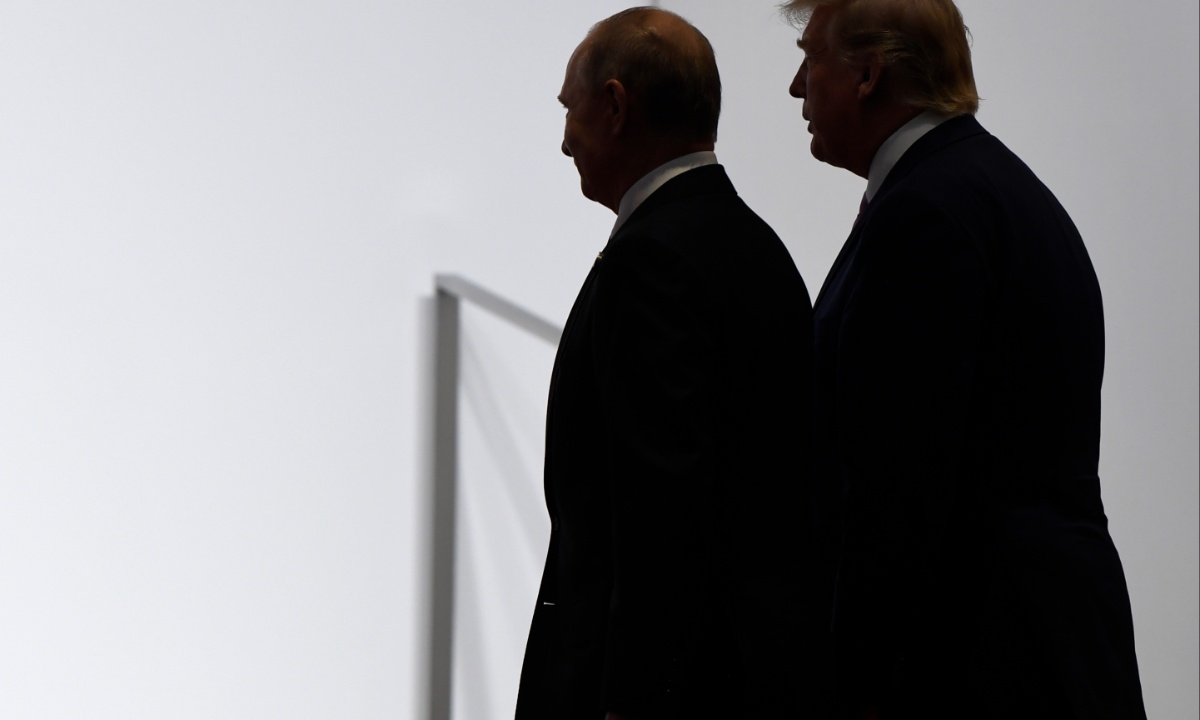At the recent NATO summit in The Hague, stark differences emerged between the U.S. and Europe regarding Russian President Vladimir Putin’s intentions in Ukraine and beyond. U.S. President Donald Trump suggested that Putin is seeking an exit from the war, citing the heavy losses suffered by Russia and the desire to end what he called a “mess.”
Trump and Secretary of State Marco Rubio argued that keeping diplomatic channels open was more strategic than expanding sanctions, believing Putin still desired a settlement. However, this view is increasingly at odds with assessments from NATO officials, who warned that Putin has no serious interest in negotiations and remains intent on exerting political control over neighboring countries.
NATO Warns of Imminent Russian Threat, Urges Urgent Increase in Defense Spending Commitments
NATO Secretary General Mark Rutte issued a sobering warning at the summit, asserting that Russia could target NATO territory within three years if the alliance fails to ramp up its defense investments. Rutte and other NATO officials framed the Russian threat in existential terms, emphasizing that Putin’s ambitions go far beyond Ukraine.
A senior NATO official reinforced this perspective, saying there’s little evidence Russia seeks a ceasefire or meaningful negotiations. Instead, the Kremlin appears determined to project dominance and reshape regional geopolitics in its favor.
Despite the looming threat, the summit was deemed a success in many respects. NATO member states largely agreed to a U.S.-driven goal of increasing defense spending to 5% of GDP. Trump, who previously criticized NATO, adopted a more favorable stance, bolstered by a budding rapport with Rutte.
This symbolic shift helped avoid political tension, which NATO leaders considered a win. Nonetheless, the event revealed deeper cracks in transatlantic unity, particularly regarding how to interpret and respond to Russia’s military trajectory.
Diverging Threat Perceptions Undermine NATO’s Ability to Form a Unified Russia Strategy
While Washington remains cautious but hopeful about possible negotiations with Putin, other NATO leaders remain skeptical. Hungary’s Prime Minister Viktor Orban, another Trump ally, downplayed the Russian threat, reflecting yet another divergence in threat perception among NATO members. Officially, NATO claimed unity, pointing to a summit declaration labeling Russia a long-term threat.
However, such declarations may mask underlying disagreements that could hinder a coordinated strategy. Russia, for its part, mocked NATO’s actions, dismissing defense spending increases as driven by a “fabricated” threat.
Experts caution that the absence of a unified Russia strategy among NATO members could hinder future diplomatic efforts. Philippe Dickinson of the Atlantic Council stressed that ending the war in Ukraine will require broad agreement within the alliance, not merely a deal struck between Trump and Putin.
While European leaders may still try to influence Trump’s stance, they steered clear of contentious discussions during the summit to preserve cohesion. Consequently, there was little substantive debate on Russia’s long-term objectives or how NATO should respond—an omission some analysts view as a serious shortcoming in addressing the growing threat Russia poses.

Leave a Reply